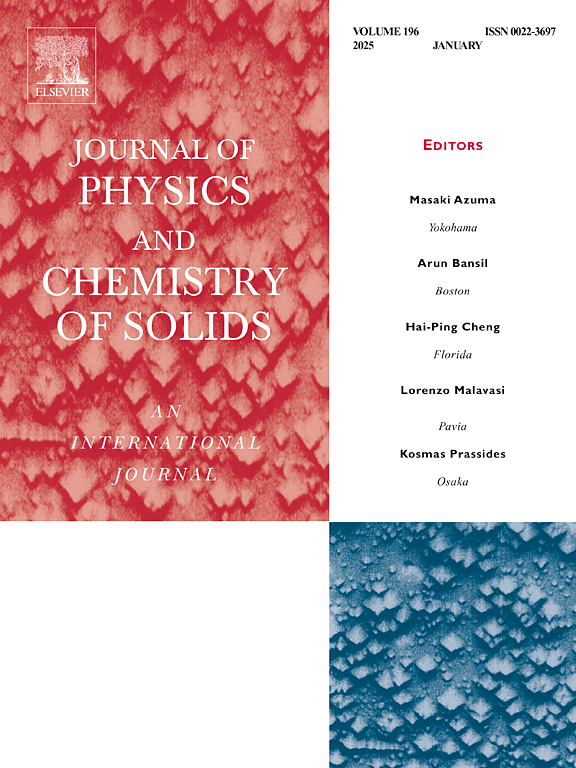Catalytic behaviour of iron-based nanomaterials for the remediation of hazardous chemicals from wastewater: A Review
IF 4.3
3区 材料科学
Q2 CHEMISTRY, MULTIDISCIPLINARY
引用次数: 0
Abstract
Recently, catalytic oxidation of emerging pollutants in wastewater with iron-based catalysts have sparked public concern. Up to now, diversity including zero-valent iron (nZVI), Fe2+/Fe3+, ZVI, iron oxides (FeO, Fe2O3, Fe3O4, FeOOH), and Fe-bimetallic catalysts formed due to different phases and valances. A full consideration on the synthesis and catalytic applications of them were little concerned. Different phases of the iron oxides based magnetic nanocomposites (NCs) and nanomaterials (NMs) were studied and discussed in pollutant remediation including pharmaceutical compounds, phenolic compounds, dyes and heavy metals. Factors that influence the recovery of these materials are outlined, detailing the challenges associated with the collection of magnetic particles, and methods for improving their stability are also summarized. This review could encourage the readers to improve the synthesis approaches of iron-based catalysts with excellent catalytic activity for making the catalytic oxidation procedure and to know the degradation mechanism of hazardous organic chemicals in wastewater.

求助全文
约1分钟内获得全文
求助全文
来源期刊
CiteScore
7.80
自引率
2.50%
发文量
605
审稿时长
40 days
期刊介绍:
The Journal of Physics and Chemistry of Solids is a well-established international medium for publication of archival research in condensed matter and materials sciences. Areas of interest broadly include experimental and theoretical research on electronic, magnetic, spectroscopic and structural properties as well as the statistical mechanics and thermodynamics of materials. The focus is on gaining physical and chemical insight into the properties and potential applications of condensed matter systems.
Within the broad scope of the journal, beyond regular contributions, the editors have identified submissions in the following areas of physics and chemistry of solids to be of special current interest to the journal:
Low-dimensional systems
Exotic states of quantum electron matter including topological phases
Energy conversion and storage
Interfaces, nanoparticles and catalysts.

 求助内容:
求助内容: 应助结果提醒方式:
应助结果提醒方式:


